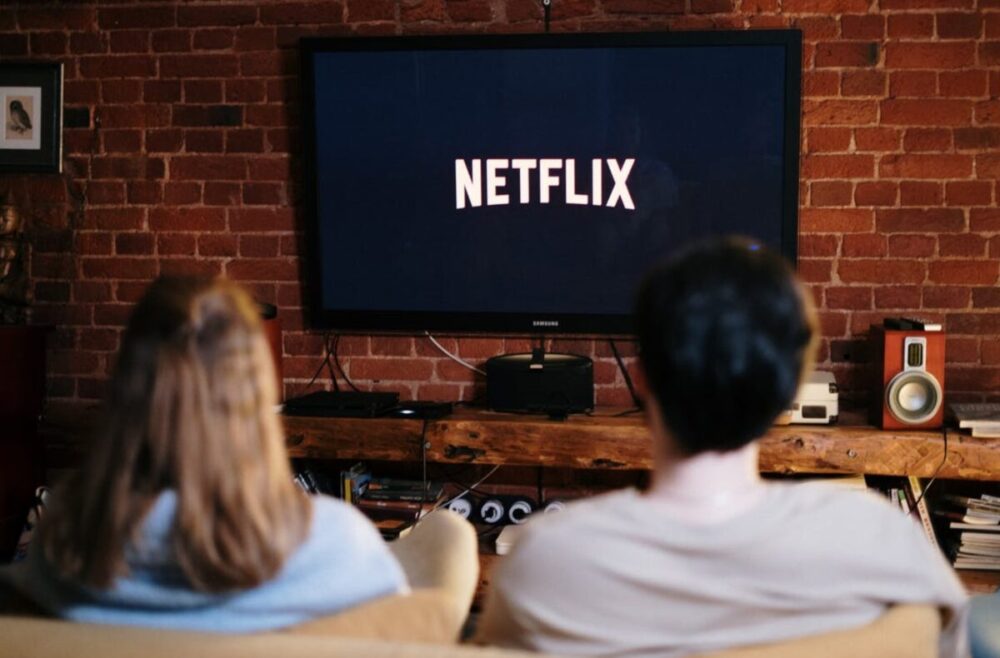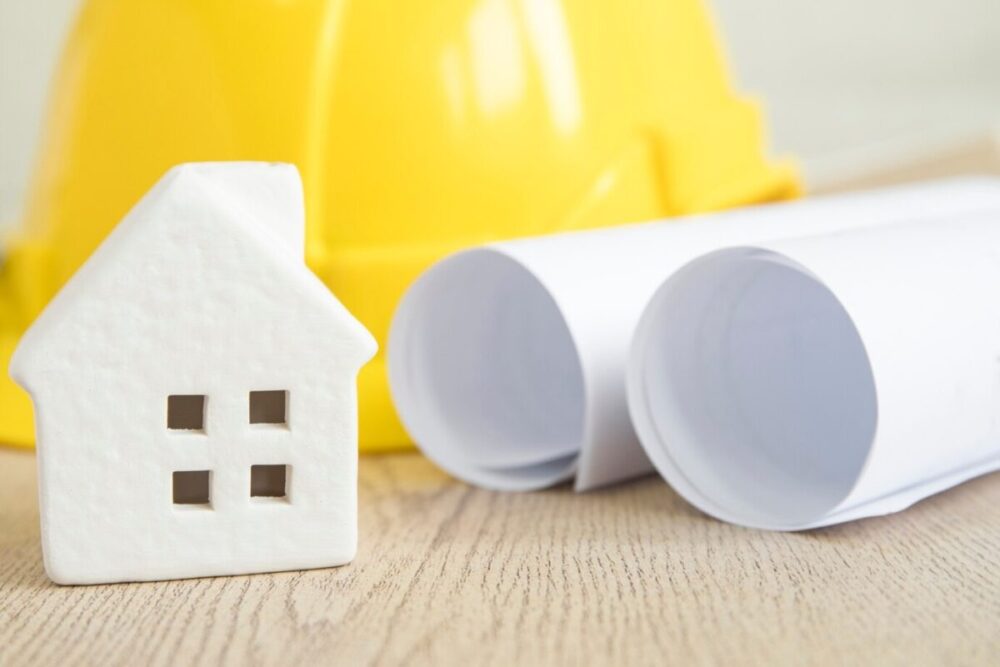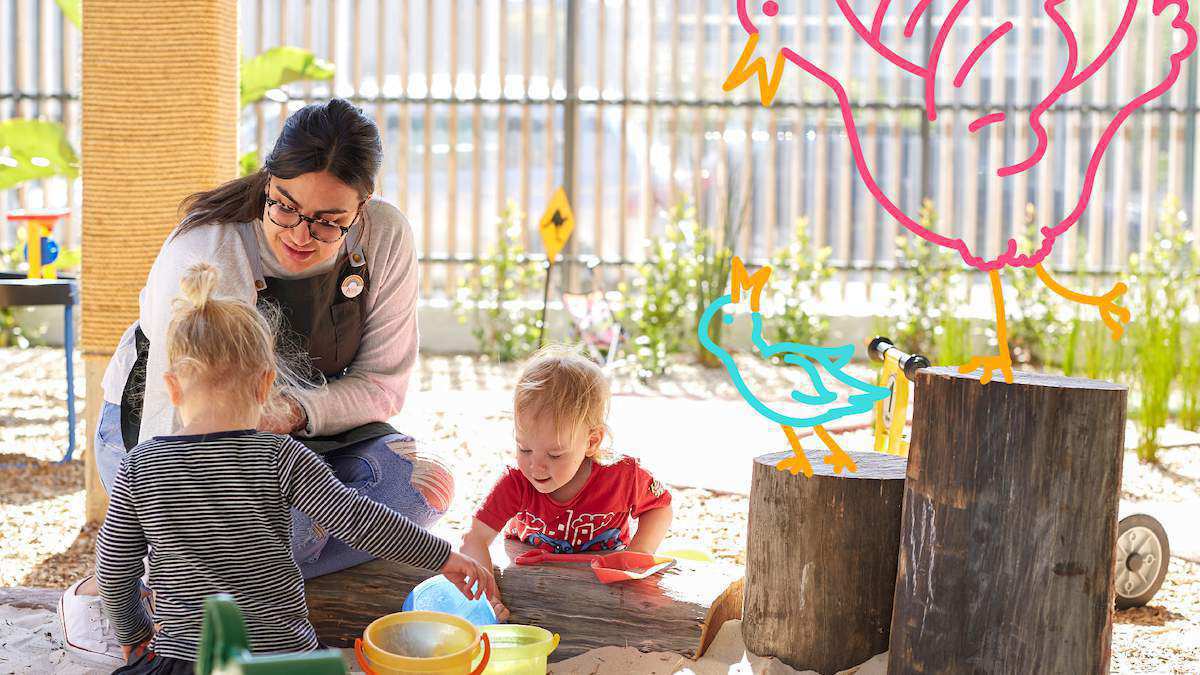If you want to bring the cinema experience into your home, you’ve come to the right place! Setting up a basic home theatre setup is not as difficult as you may think. With the proper guidelines, you’ll be able to set a home theatre system without any stress.
In this article, we’ll enlist a few things you’d need for the home theatre setup, along with how to connect them to convert the room into a mini cinema!
The List Of Components You Need For Home Theatre
Here are a few components you would need to set up a home theatre:
- Speakers and subwoofer
- Receiver
- A video input (DVD player, Blu-ray, or game console)
- Television
- Media streamer
However, before you start shopping online and adding things to the cart, take a look at the things you already have.
For example, if you already have a speaker set and television in your home from ballymorehomes.com with which they are compatible, you would only require the receiver and video input. Just keep in mind that the components must be around the same age and compatible with each other.
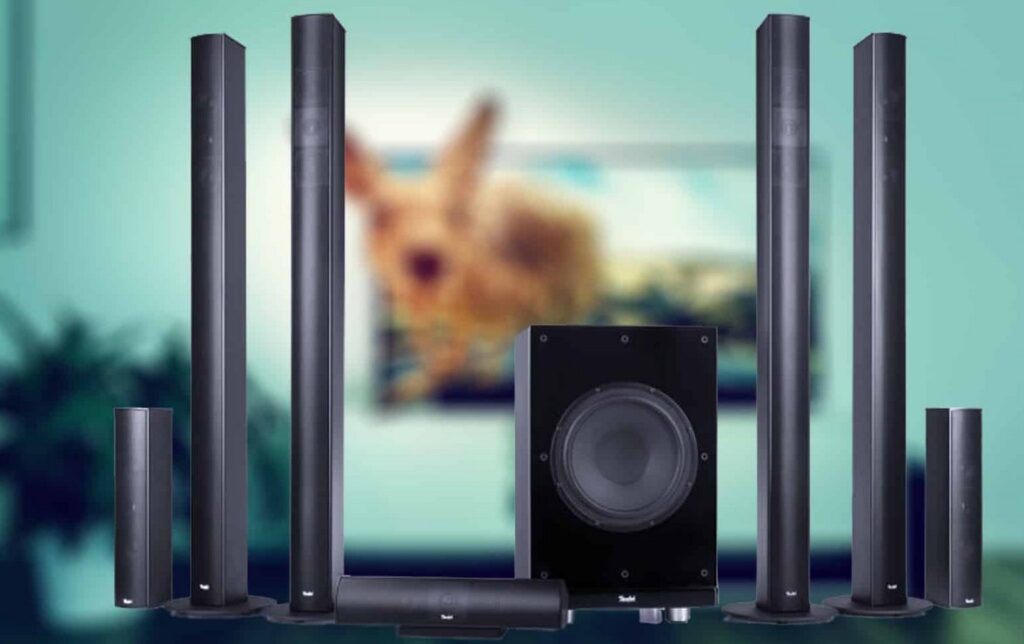
Creating The Home Theatre Connections
To simplify the connection process, think of it as the connection between roads that head towards a particular destination. In this regard, the cable boxes, Blu-ray/DVD players, media streamers will be the starting points, and your television and speakers would be the endpoints or destination. You only need to get the sound and video signals from the source to the endpoints.
Connecting All The Main Components
Let’s look at an outline of how to connect all the home theater system’s main components.
Receiver
The receiver of your home theater offers source connectivity, audio decoding, amplification of sound, and much more. Most of the video and audio components will go through this receiver.
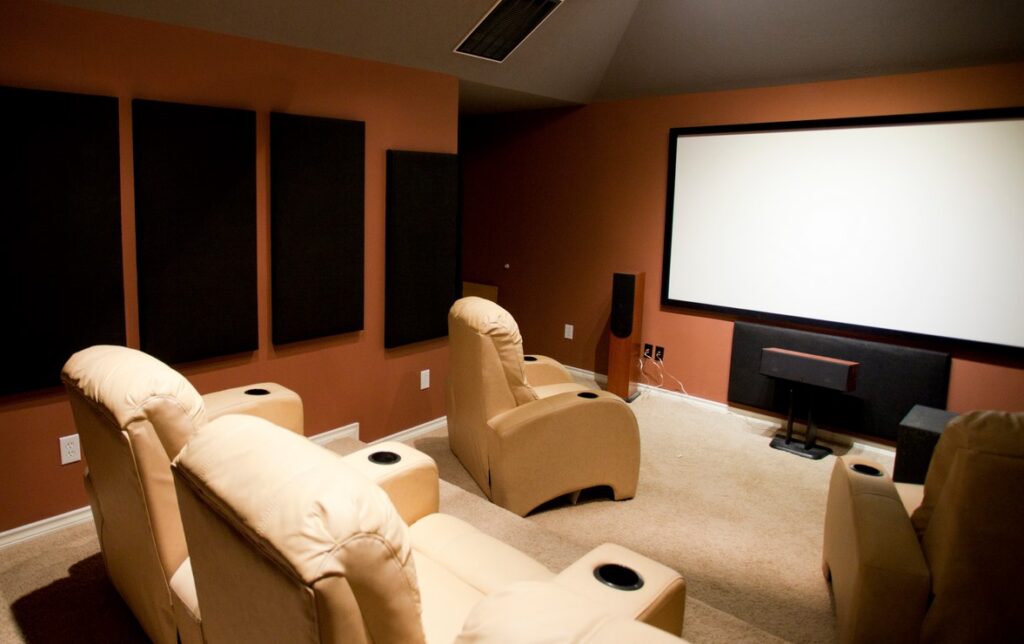
Receiver Video To TV
You would first need to connect the TV monitor output from the AV receiver to a video input on your TV. Ideally, this will be the HDMI connection.
TV Audio To Receiver
Now, you need to send the audio from your TV to your home theatre receiver. For this, you may connect the audio outputs of your TV to the Aux or TV audio inputs on the receiver. You may also use the Audio Return Channel from both the TV and receiver and connect them both.
Connecting Your Television
If you have a satellite box or cable connection to your TV, connect that cable to the box. In case you have a smart TV, you would have to connect it to the internet. Now, you may connect your satellite box or cable to your TV and home theatre system in two ways:
- First, you may directly connect the audio and video output of the box to your TV.
- Second, connect the box with the receiver of the home theater and route the connection to your TV.
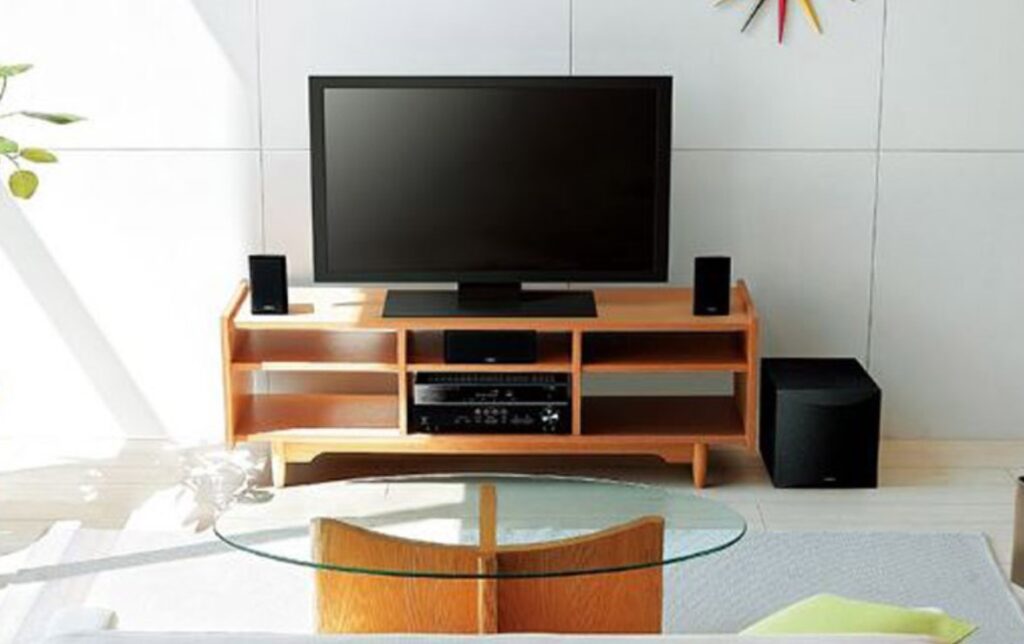
DVD Player and Blu-ray Disc Player
For Blu-ray players, if your home theatre receiver has HDMI connections, you may connect the HDMI output of the Blu-ray player to the receiver. Then, you may connect the receiver to the TV.
In case your receiver doesn’t have HDMI connections and offers only HDMI pass-through, you would have to create digital or analog connections between the Blu-ray player and your receiver.
For DVD players, you may connect the player’s video output to the video input on the receiver. You may also utilize the HDMI option in case your DVD player has that.
Media Streamer
If you have media streamers in your home from ballymorehomes.com, including Amazon Fire TV, Roku, Apple TV, etc. you would have to connect it first to the internet. You may then connect the streamer to your TV in two ways:
- Connect it directly to your TV using the HDMI.
- Connect the streamer to your receiver, which is routed to your TV.
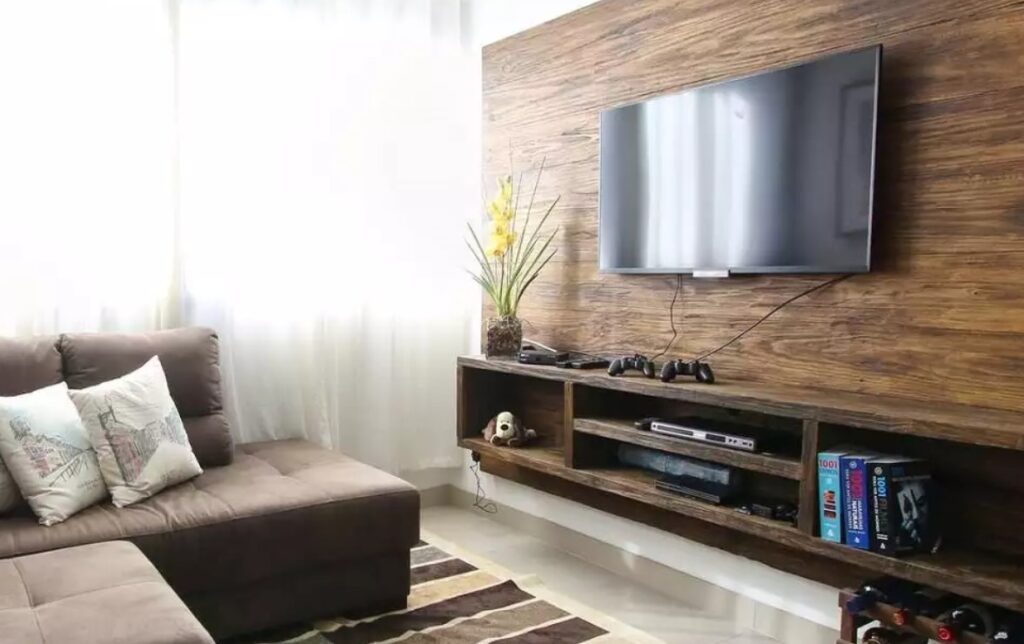
Speaker And Subwoofer
Now that you have connected most of your home theatre components, the last thing remaining is the speaker and subwoofer.
You would first need to position both the speaker and subwoofer at an optimal position (not too close to the walls).
After that, you would need to connect the speakers to your receiver. Ensure that you connect the speakers to the appropriate channel and that the polarity is right (red and black—positive and negative).
After that, you need to connect the subwoofer line output of your receiver to your subwoofer.
You may utilize the test tone generator, automatic speaker setup, or room correction set up in your receiver to optimize your speaker. Moreover, you may also use a sound meter for this purpose. A sound meter is for manually correcting any sound issues even when you have an automatic room correction in your receiver.
Miscellaneous Tips To Keep In Mind
Here are a few things you may keep in mind while setting up your home theatre.
- Go through the owner’s manual to see all the guidelines and details regarding connecting various components.
- Use correct speaker and audio/video cables with their appropriate lengths.
- If everything seems overwhelming and you can’t seem to have the hang of it, it is better to call in a specialist or technician who would help you set up the system.
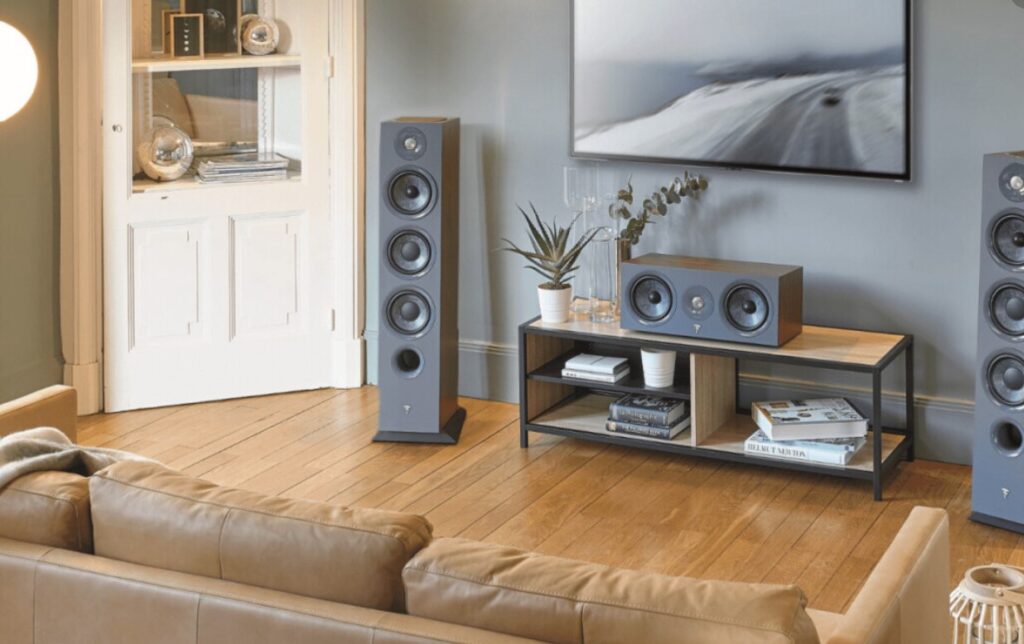
Wrapping Up
A comfortable and luxurious home, such as from ballymorehomes.com, deserves a home theatre system that transforms your beautiful home into a cinema during the weekends.
In this article, we gave a guideline on the major components you would need for a basic home theatre setup, along with how to connect all the components.
Even though we have given a simplified guide, the connections may vary depending upon your particular system. Therefore, if you seem to be having any difficulties, you may refer to a professional for guidance!

